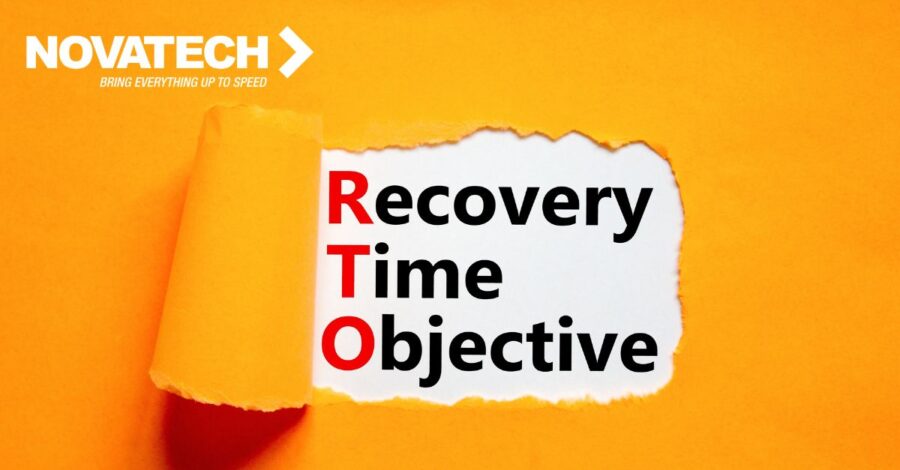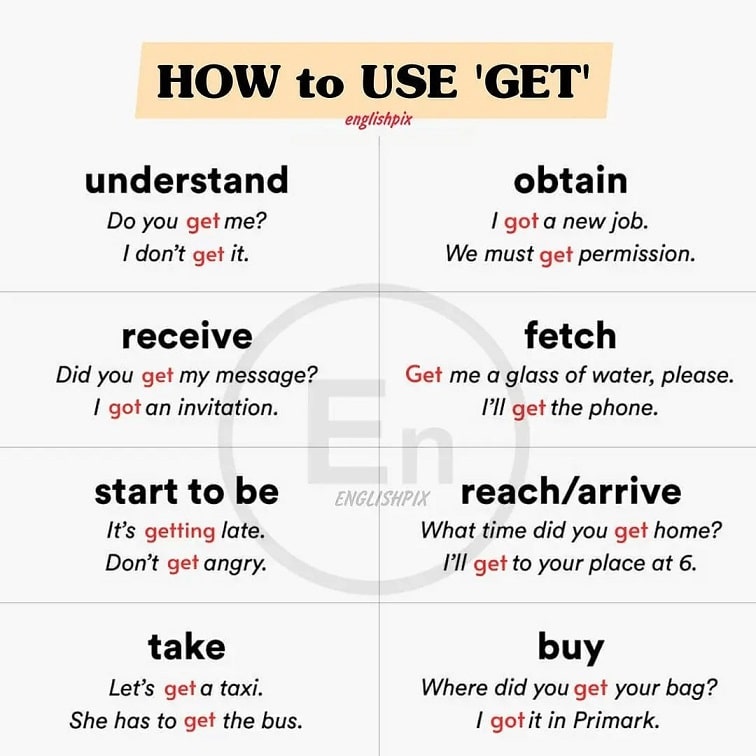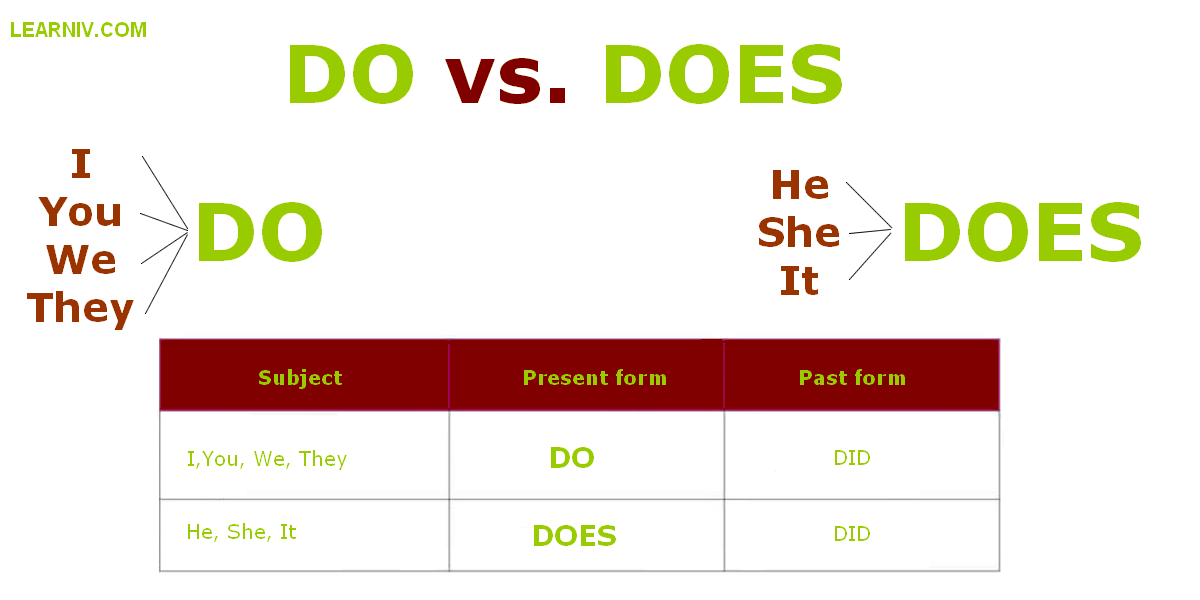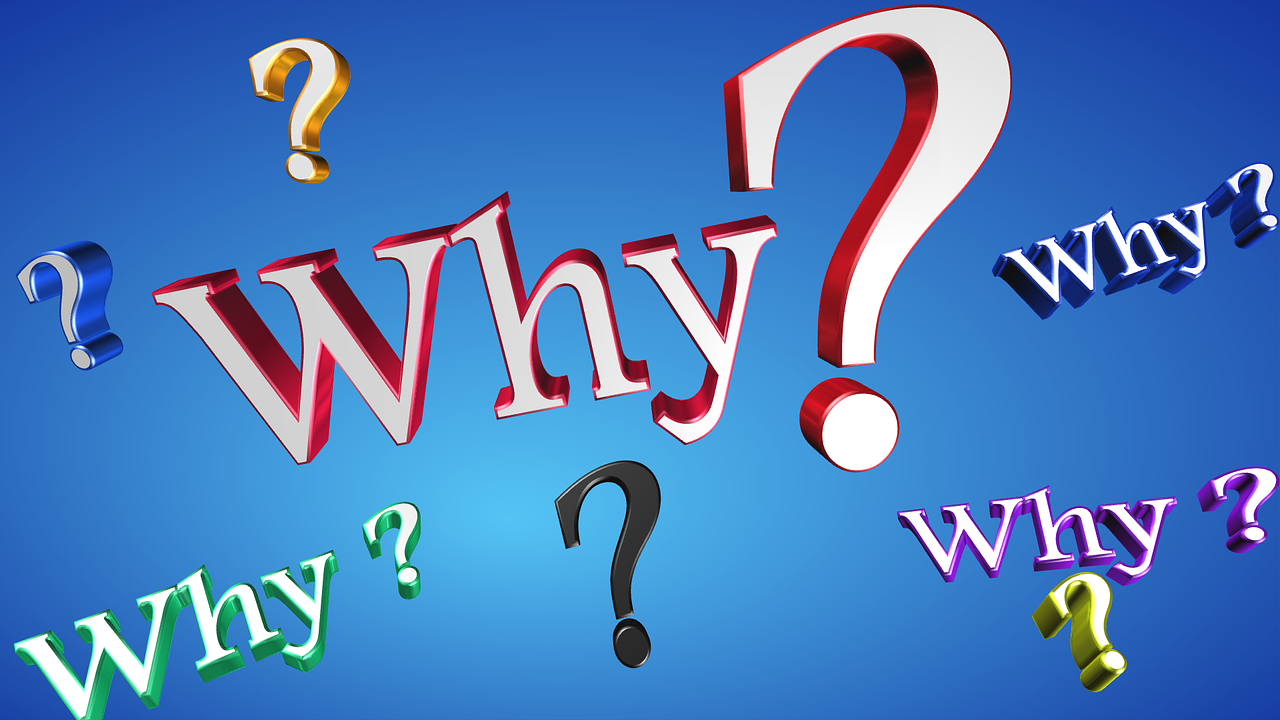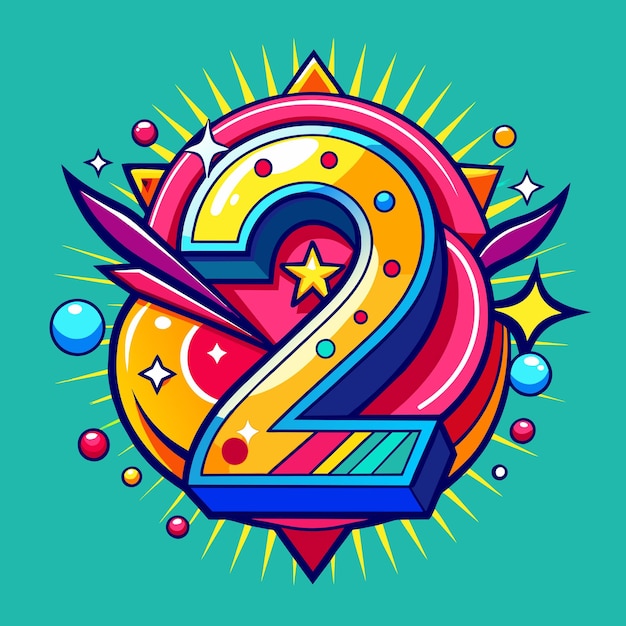Understanding the Legal Framework for Classroom Cameras in Schools
Introduction: Classroom Cameras and the Law
Heightened concerns about
student safety
and school security have led many districts to consider installing cameras in classrooms. Yet, the question remains:
Is it legal to have cameras in classrooms?
The answer depends on a complex blend of federal, state, and local laws, with privacy rights and educational needs at the forefront. This guide provides detailed insights, practical steps, and real-world examples to help educators, administrators, and parents navigate this sensitive issue.
Legal Overview: Federal and State Regulations
Federal Law sets the broadest privacy standards, most notably the Family Educational Rights and Privacy Act (FERPA). FERPA protects students’ education records, which can include video footage directly related to a student and maintained by the school. Such footage is generally accessible to parents and guardians but protected from unauthorized disclosure. [4]
State laws vary significantly. In most cases, schools can install cameras in classrooms if they comply with privacy standards and obtain proper consent. For example:
- Texas: Only special education classrooms may have cameras, and only with written parental consent. General classrooms are typically protected by privacy regulations. [1] [3]
- Florida: Cameras may be used for safety, but audio recording requires consent from all parties. [1]
- California: Cameras are generally prohibited in spaces where privacy is expected, including active classrooms, unless specific consent is obtained from administration and teachers. [1]
- Michigan: Security cameras in classrooms are generally illegal unless a written policy is adopted and stakeholders are notified. [1]
- Illinois & New York: Cameras may be used for safety and misconduct documentation but require clear notification and, in some cases, consent for audio recording. [1] [3]
Because regulations are highly localized, administrators should always consult their district’s legal counsel and review applicable state statutes before installing cameras.
Privacy Rights: Reasonable Expectation of Privacy
The concept of reasonable expectation of privacy is fundamental to U.S. law. Surveillance is legal in areas like hallways, cafeterias, and playgrounds, but not in bathrooms, locker rooms, or nurse’s offices. [2] Classrooms present a gray area: while some states permit surveillance for safety or educational purposes, others require explicit consent from teachers, parents, or school boards.
Schools must clearly communicate their surveillance policies and avoid recording audio unless all parties have agreed. Hidden cameras are especially regulated and often illegal without conspicuous notice and consent. [2]
Consent and Notification Requirements
Most states that allow classroom cameras require some form of notification or consent :

Source: pgui.com
- Parents and staff should be informed through written notices or posted signage.
- Some states mandate parental consent for cameras in special education classrooms or for any purpose beyond safety or education. [1]
- Teachers and administrators may need to approve camera installation, especially where privacy laws are strict. [3]
- Signage is recommended (and sometimes required) to alert students, staff, and visitors about surveillance. [2]
Always check local policy documents and state statutes. If in doubt, seek guidance from your school board or legal department.
School Surveillance Policies: Best Practices and Implementation
A comprehensive school video surveillance policy is essential. Key steps include:
- Drafting the Policy: Collaborate with legal counsel, administrators, teachers, and parents. Policies should state the purpose of surveillance, permitted locations, data storage protocols, and access controls. [5]
- Obtaining Consent: Distribute written notices and obtain signed consent forms where required. For special education classrooms, follow state-specific procedures.
- Installing Cameras: Place cameras only in areas without a reasonable expectation of privacy. Ensure they are visible and avoid hidden surveillance unless permitted by law.
- Maintaining Transparency: Post clear signage and update stakeholders regularly. Transparency builds trust and compliance.
- Controlling Access: Limit footage access to authorized personnel. Store recordings securely and destroy them according to policy guidelines. [5]
Successful implementation requires ongoing review and adaptation to changing legal standards and community expectations.
Real-World Examples and Challenges
Case Study: Texas Special Education Classrooms Texas law allows parents to request cameras in their child’s special education classroom. The school must notify all parents and staff, obtain written consent, and restrict access to footage except in cases of suspected abuse. [1]
Challenge: Protecting Privacy Schools often struggle to balance safety and privacy. Overly broad surveillance can lead to legal challenges, community backlash, and decreased trust. Regular policy reviews and stakeholder engagement are essential to avoid pitfalls.

Source: courtroomproven.com
Alternative Approaches If cameras raise privacy concerns, schools may consider alternatives such as increased staff presence, improved access control, or the use of cameras only in common areas. Technology solutions like anonymous reporting platforms can also support safety without direct surveillance.
Step-by-Step Guidance for Schools
For administrators considering classroom cameras, follow these steps:
- Research State and Local Laws: Use official state government websites or legal databases to find current statutes and regulations. If uncertain, contact your district’s legal counsel.
- Engage Stakeholders: Hold meetings with parents, teachers, and board members to discuss concerns, benefits, and legal obligations.
- Draft and Review Policy: Include provisions for consent, notification, data management, and access controls. Revise as needed based on stakeholder feedback.
- Implement with Transparency: Use visible cameras, clear signage, and regular communication to ensure everyone is informed.
- Regularly Audit and Update Policies: Stay current with legal developments and community expectations.
If you need more guidance, consider searching for “school surveillance policy [your state]” or contacting your state department of education or local school board.
Key Takeaways
Installing cameras in classrooms is legal in many states, provided privacy rights are respected and proper consent is obtained. Schools must:
- Follow state and local regulations
- Respect reasonable expectations of privacy
- Obtain necessary consent and notify stakeholders
- Maintain clear, transparent policies
- Review and adapt policies regularly
For further assistance, contact your district’s legal department, school board, or state department of education. Always verify current legal requirements before installing any surveillance technology in classrooms.
References
- [1] Reolink (2024). Is It Illegal to Have Cameras in Classrooms? [State Laws Overview]
- [2] Rhombus Systems (2025). Are Security Cameras Allowed in School Classrooms?
- [3] Eufy (2025). Is It Illegal to Have Cameras in Classrooms?
- [4] School and College Legal Services of California (2015). Video Surveillance of Students (K-12)
- [5] Safe and Sound Schools (2025). School Video Surveillance Policy & Guidelines
MORE FROM mumsearch.com
